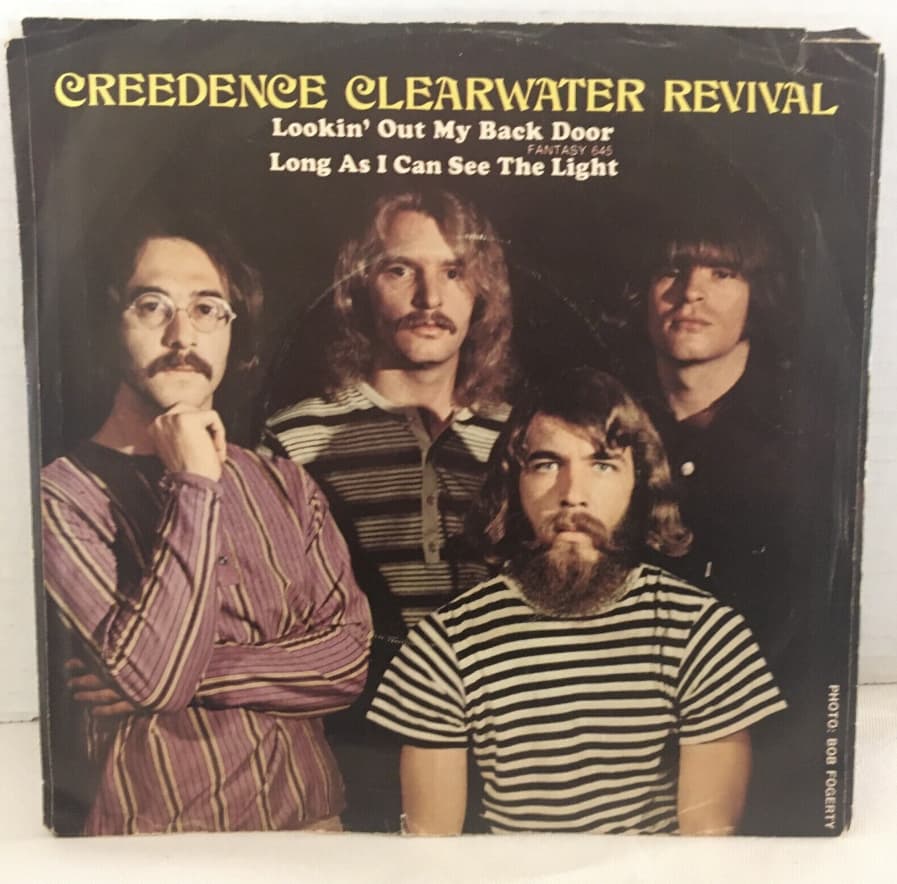
“Long As I Can See the Light”: An In-depth Look at Creedence Clearwater Revival’s Timeless Ballad
When discussing the musical heritage of Creedence Clearwater Revival, one cannot overlook the profound emotional resonance of “Long As I Can See the Light.” Released as a B-side to “Lookin’ Out My Back Door” in 1970, this track encapsulates a perfect blend of gospel influences and rock sensibilities that defined much of the band’s career. Featuring on their fifth album, Cosmo’s Factory, the song exemplifies the band’s skill in crafting music that appeals to a universal audience, yet maintains a deeply personal touch.
“Long As I Can See the Light” initially surfaced on the music scene as a counterpart to the more upbeat “Lookin’ Out My Back Door.” Despite its position as a flip side, it garnered significant acclaim, reaching number 57 on the Cash Box singles chart in the US and achieving a commendable number 20 in the UK—where it was featured as the A-side. Remarkably, it soared to the top position in Norway, underscoring its global appeal.
Critically, the song was received as a poignant ballad steeped in bluesy nuances. Cash Box praised its slower pace and subtlety, suggesting it had the potential to overshadow its A-side counterpart. Billboard echoed this sentiment by labeling it a “funky blues number,” indicative of the band’s versatile musical style. The song’s success was further cemented as it propelled the double-sided single to a peak of number two in the US charts.
The thematic richness of “Long As I Can See the Light” is evident through its lyrical depth. John Fogerty, who penned the track, infused it with a narrative of a journey—both physical and metaphorical. The protagonist of the song speaks of a yearning to return home, guided by a light that is both literal and symbolic. Music biographer Thomas M. Kitts interprets this light as dualistic; it represents spiritual salvation, as referenced in Biblical scriptures like Psalm 27, and the secular beacon of love. The song’s arrangement, described as hymnal and church-like, further accentuates its spiritual overtones.
Fogerty himself revealed that the song reflects a personal introspection, expressing the solitude and desire for understanding that often accompanies the life of a touring musician. This sentiment resonates with listeners and artists alike, evidenced by comments from contemporary musicians such as Corey Taylor of Slipknot, who remarked on the song’s ability to evoke a profound sense of homesickness.
Moreover, “Long As I Can See the Light” has transcended its original era, influencing artists across genres. Notably, the drum beat was sampled by Moby in his 1999 track “The Sky Is Broken,” a testament to its enduring impact on the musical landscape.
Today, “Long As I Can See the Light” remains a staple in the repertoires of both Creedence Clearwater Revival and John Fogerty’s solo performances. Its inclusion in prominent compilation albums like The Best of Creedence Clearwater Revival and Chronicle: The 20 Greatest Hits further ensures its legacy. As a composition, it stands as a beacon of Fogerty’s songwriting prowess and CCR’s profound influence in rock music.